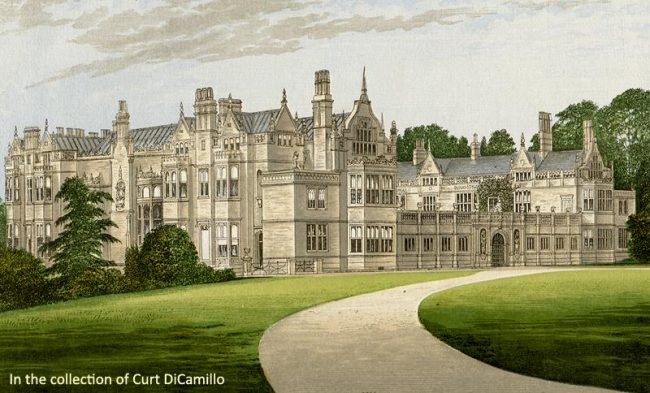
The house from "Morris's Views of Seats," circa 1875.
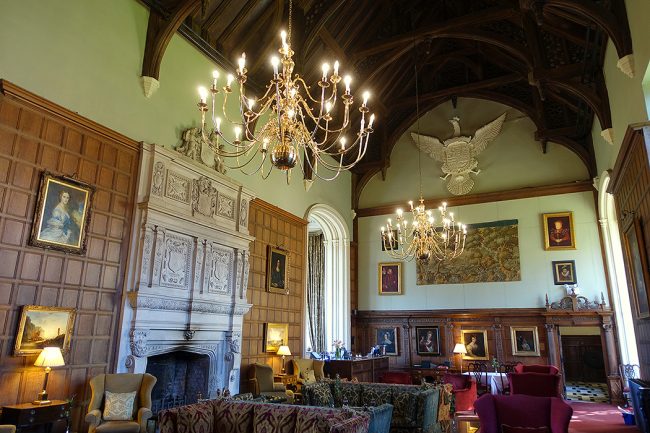
The Great Hall today. This image is in the public domain.
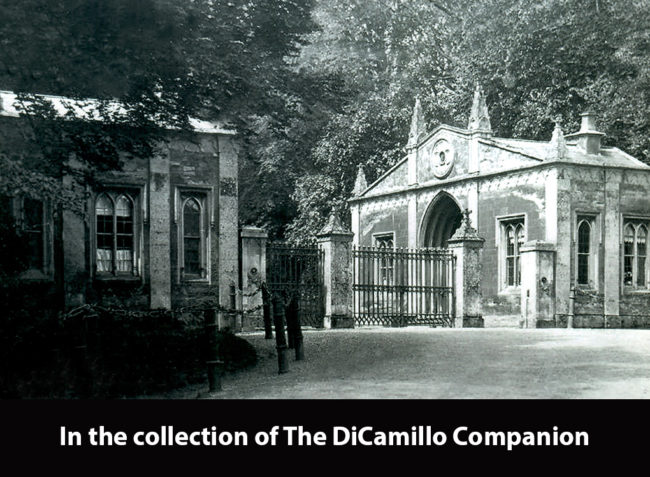
The gate lodge from a circa 1914 postcard
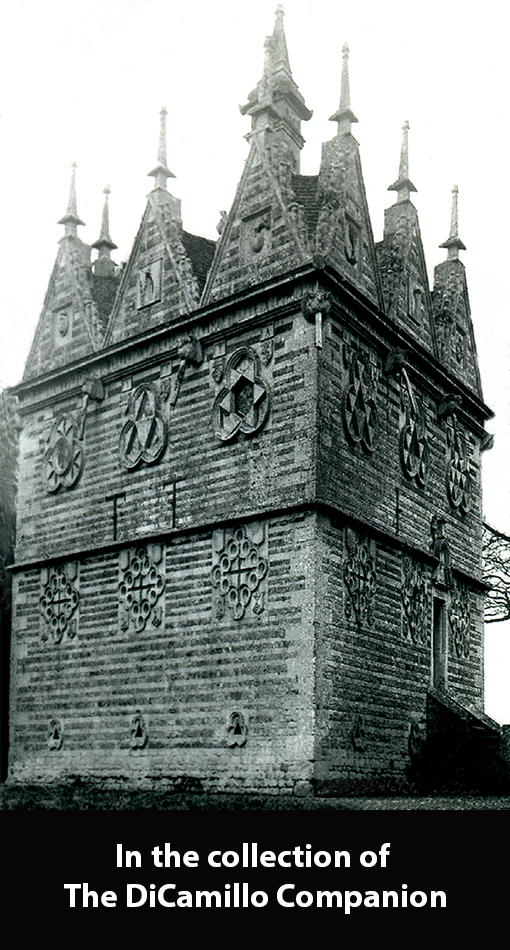
The triangular lodge folly from a circa 1912 postcard
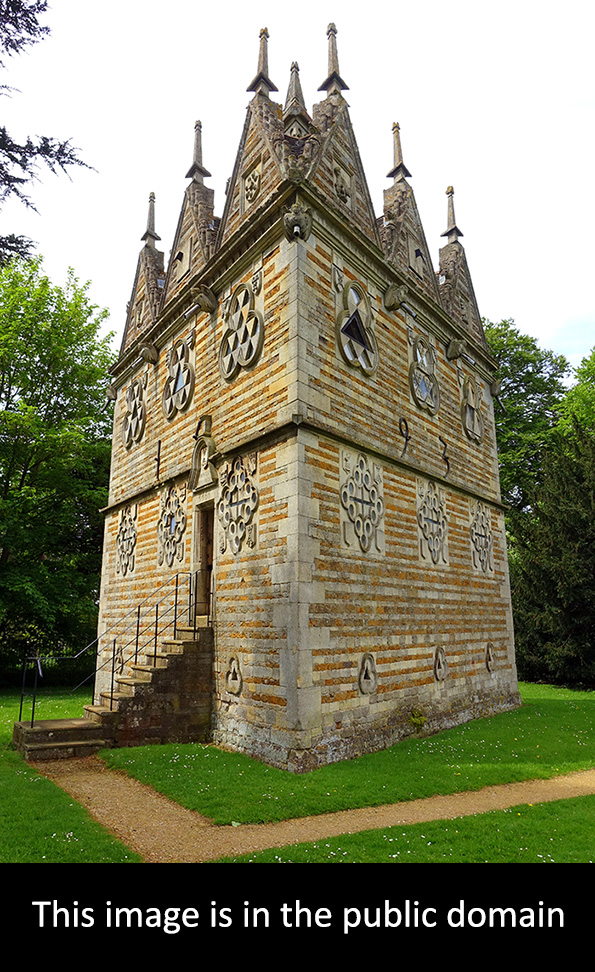
The triangular lodge in 2016
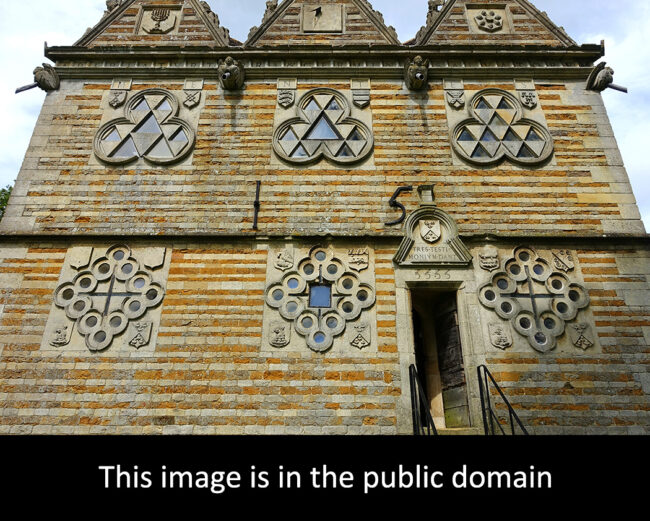
Symbols and inscriptions on the entrance facade of the triangular lodge in a 2016 photograph
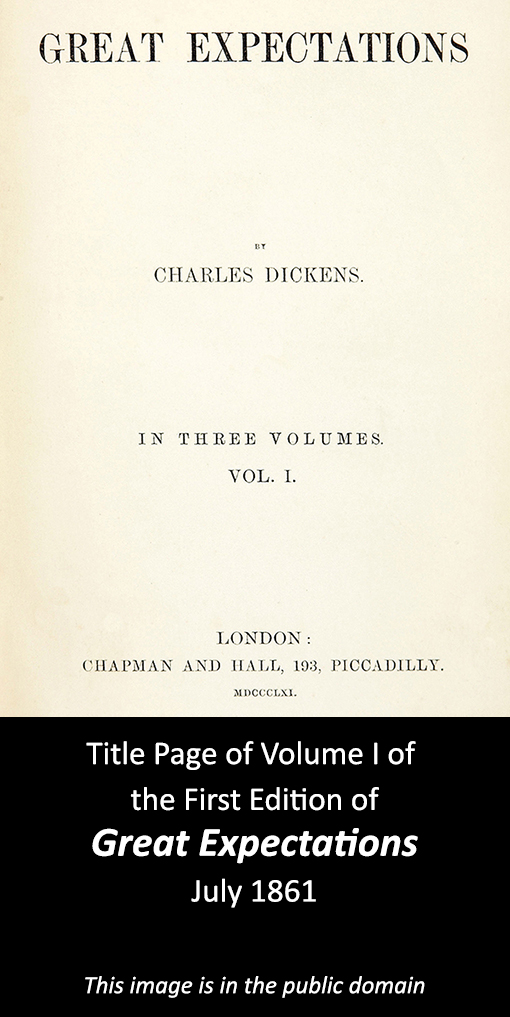
Dickens wrote part of the famous novel at Rushton Hall
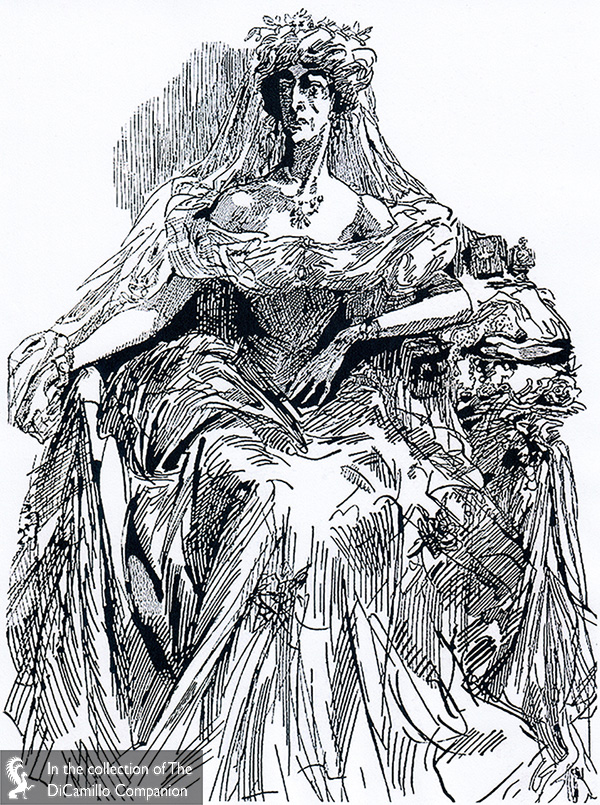
A version of Harry Furniss's illustration of Miss Havisham from the 1910 edition of "Great Expectations." This image is in the public domain.
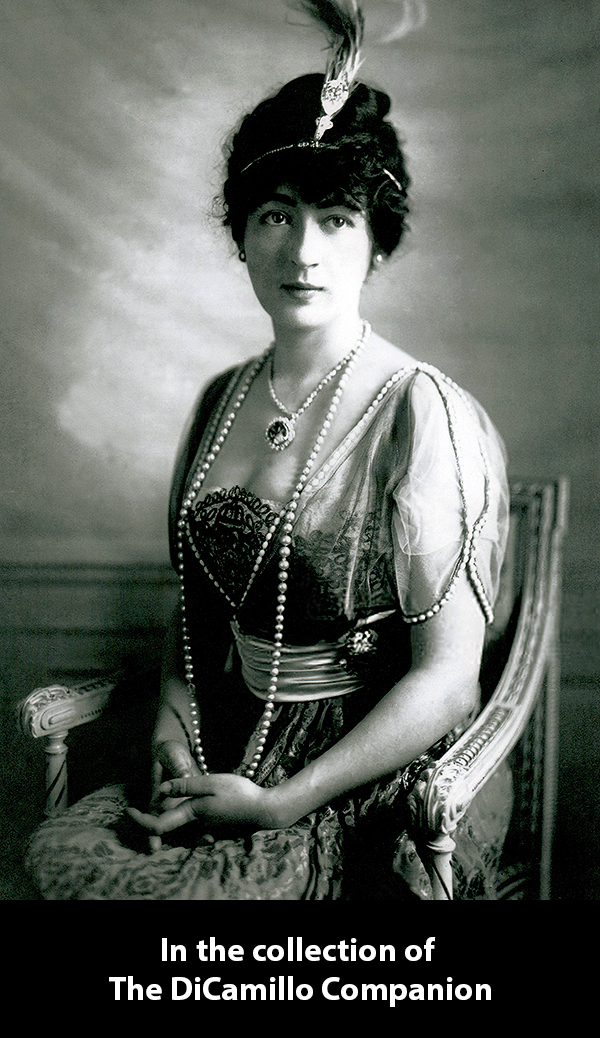
Evalyn Walsh McLean wearing the Hope Diamond in a 1915 photograph
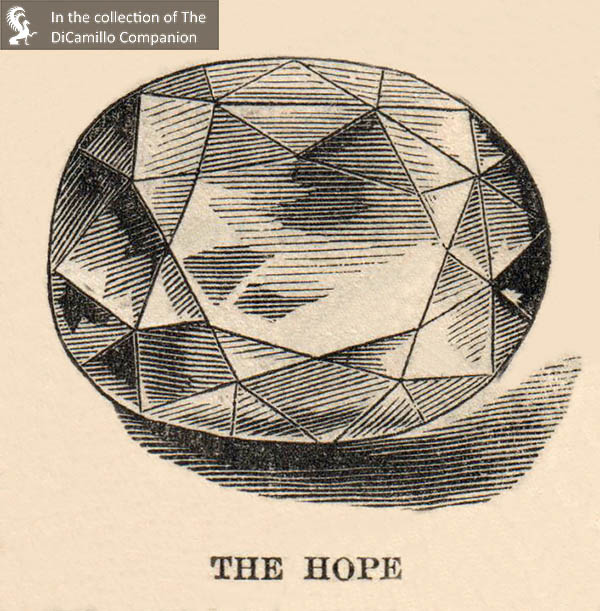
The Hope Diamond as it appeared in the mid-19th century. Illustration from an 1866 issue of "Harper's New Monthly Magazine"
House & Family History: The most famous resident of Rushton Hall was Sir Thomas Tresham, who became a passionate convert to Catholicism in the late 16th century. Sir Thomas died in 1605, just a short time after his son, Francis, had died in the Tower (he had been imprisoned there because of his involvement with the Gunpowder Plot). The oratory was created by Sir Thomas and houses a plaster representation of the Passion dated 1577 that was removed from St. Peter's Church, which once stood in the grounds of the house. In 1828 William Williams-Hope purchased Rushton for £140,000 (approximately £111 million in 2016 inflation-adjusted values using the labour value commodity index) and spent a fortune "for the purpose of fitting it [the house] up in the French fashion." Local legend claims that the famous Hope Diamond was stored at Rushton during his ownership, but this seems unlikely. Williams-Hope was not a Hope by blood and, even though he was known for his famous collection of diamonds, many of which were to be found adorning him, the Hope Diamond descended in actual Hope family through Henry Philip Hope, after whom it was named. But, because it's so fun to think about, we've put pictures of the famous diamond in the "Images" section! After Williams-Hope's death Clara Thornhill paid £165,000 for the Rushton Estate and married William Capel Clarke (in 1856 both took the name of Clarke-Thornhill; the family owned the house until 1934). Charles Dickens was a great friend of Clara Thornhill and visited Rushton many times and supposedly conceived of the vision of Satis House (Miss Havisham's home) in "Great Expectations" while staying here. Rushton Hall was owned for much of the 20th century by the Royal National Institute for the Blind, who used it as a school from 1957 until 2003, when the house was sold to HI Limited, a privately owned family company who converted it for use as an upscale hotel.
Garden & Outbuildings: Born in 1534, Sir Thomas Tresham inherited the 16th century Rushton Hall when he was just 15 years old. He was knighted in 1575 and became a radical convert to Catholicism in 1580, which, in Protestant England, resulted in substantial fines and his imprisonment, off and on, for over 20 years. Between 1594 and 1597 Sir Thomas built the Triangular Lodge at Rushton, one of the most important follies in England. Everything about this unusual building, based on an equilateral triangular, is connected to the number three. There are three stories, three sides (each side is 33.33 feet long), the windows are in the shape of trefoils, and the building has three gables on each side. Above the entrance door is inscribed “Tres Testimonium Dant,” a Biblical quotation in Latin from the Gospel of St. John which translates roughly as “there are three that give witness.” This was all meant to symbolize the Trinity, a physical manifestation of Sir Thomas’s extreme devotion to his faith, but the unusual building also had a practical purpose: it was built to house the head warrener, who took care of Sir Thomas’s rabbits. The Triangular Lodge (see "Images" section) is owned and maintained by English Heritage.
John Bernard (J.B.) Burke, published under the title of A Visitation of the Seats and Arms of the Noblemen and Gentlemen of Great Britain and Ireland, among other titles: 2.S. Vol. I, p. 172, 1854.
John Preston (J.P.) Neale, published under the title of Views of the Seats of Noblemen and Gentlemen in England, Wales, Scotland, and Ireland, among other titles: 2.S. Vol. III, 1826.
Country Life: XXVI, 454, 490, 1909.
Title: Best Buildings of England, The
Author: Pevsner, Nikolaus
Year Published: 1986
Publisher: London: Viking
ISBN: 0670812838
Book Type: Hardback
House Listed: Grade I
Park Listed: Grade II*
Past Seat / Home of: Sir Thomas Tresham, 16th century; Tresham family here from 1438 until 1619. Sir William Cockayne, 17th century; Cockayne family here until 1828. William Williams-Hope, 1828-54. Clara Thornhill, 1854-65; Clarke-Thornhill family here until 1934.
Current Ownership Type: Corporation
Primary Current Ownership Use: Hotel
Ownership Details: Today Rushton Hall Hotel & Spa
House Open to Public: By Appointment
Phone: 01536-713-001
Email: [email protected]
Website: https://www.rushtonhall.com/
Historic Houses Member: No